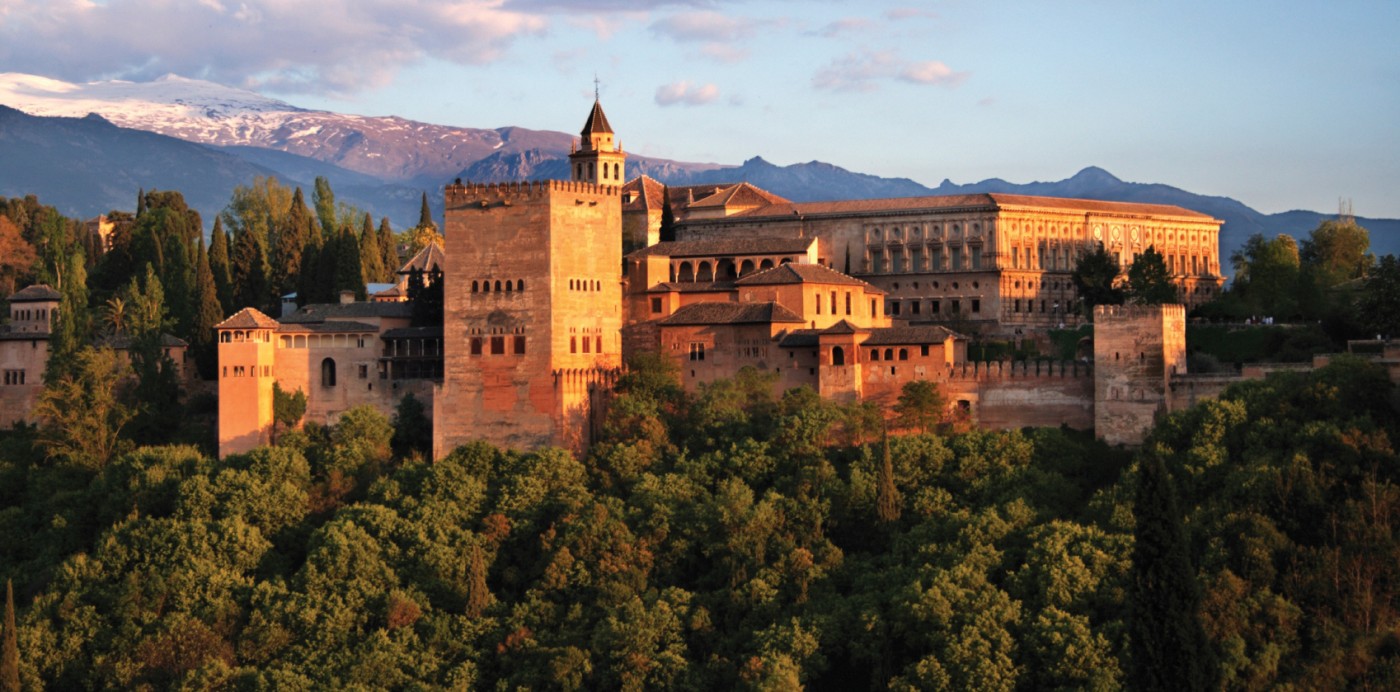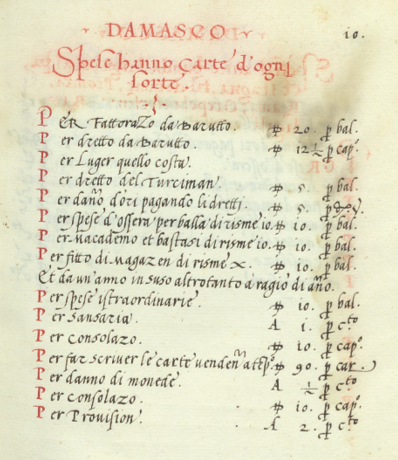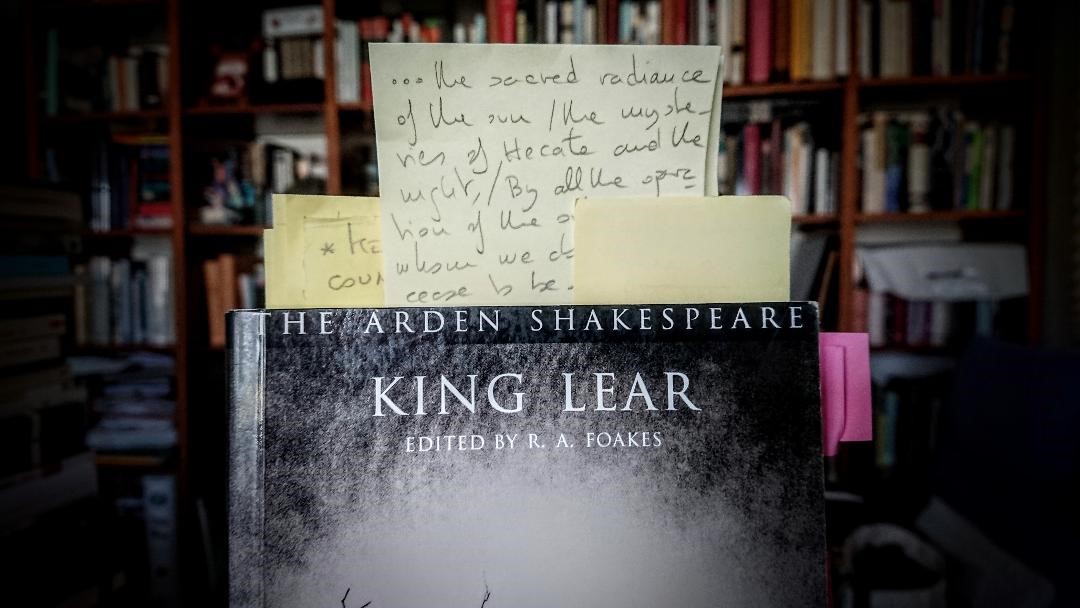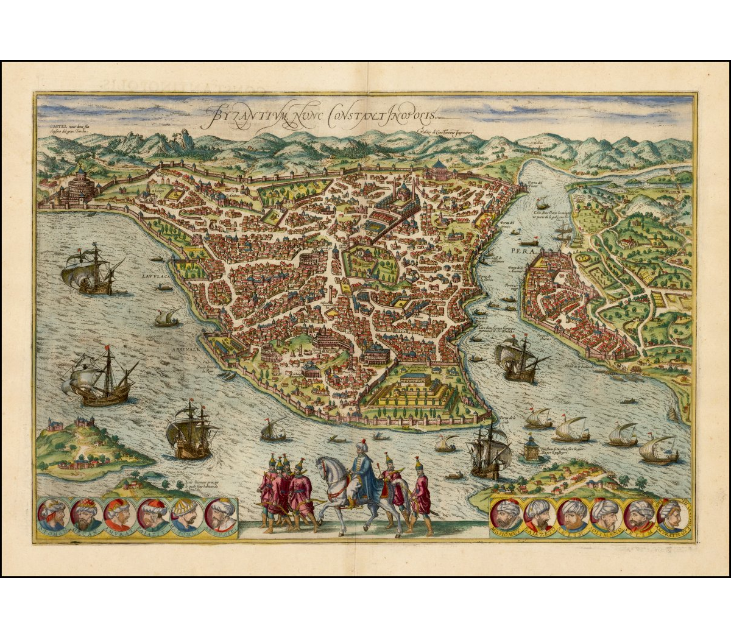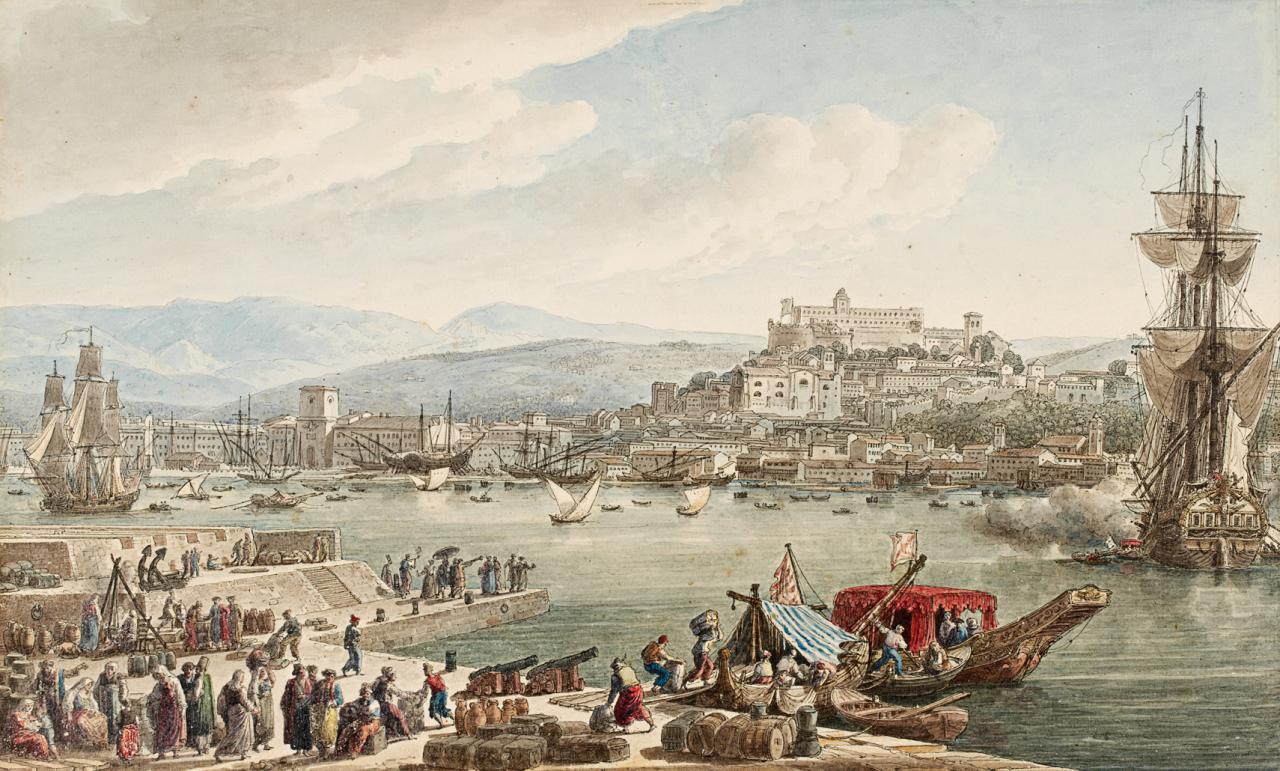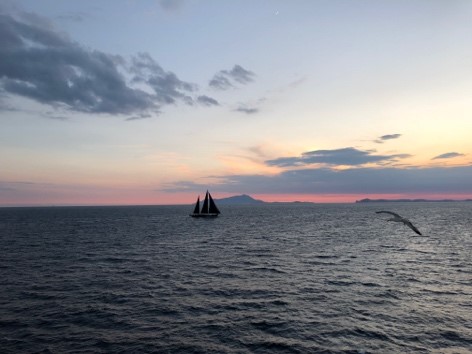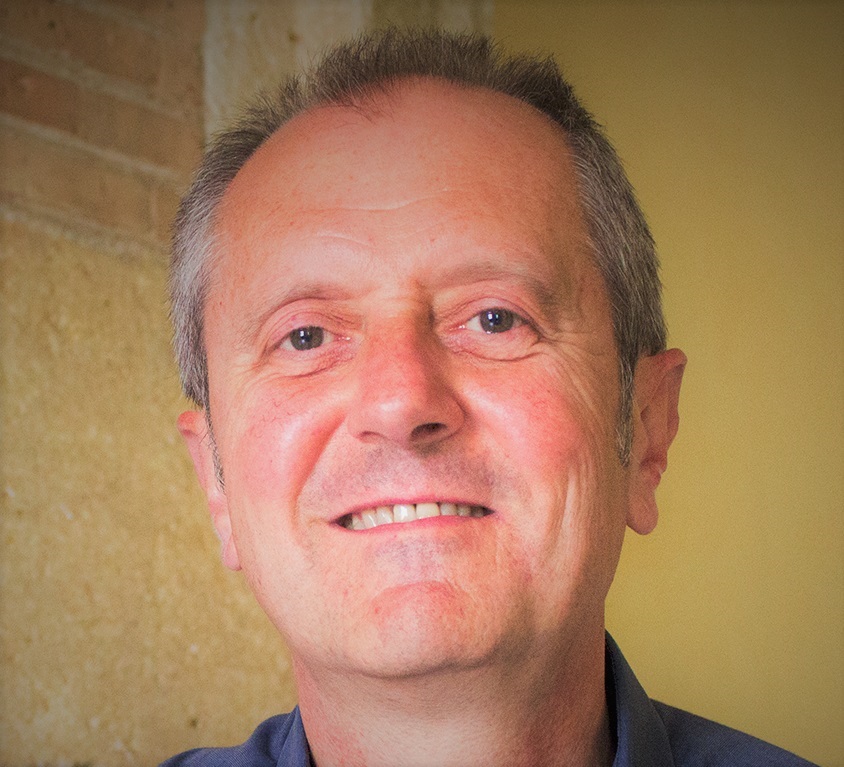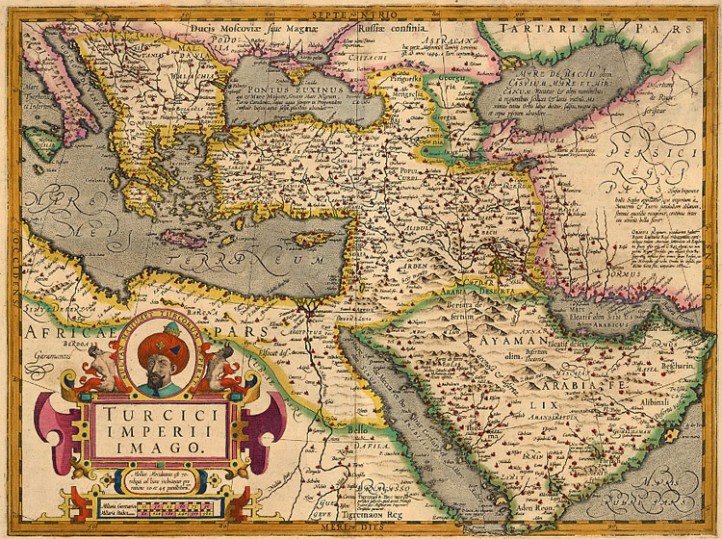PIMo Second Annual Conference CfP, Paper: Material and Semiotic Mobility, University of Granada, January 28-29, 2020
PIMO SECOND ANNUAL CONFERENCE UNIVERSITY OF GRANADA, JANUARY 28-29 2021 CALL FOR PAPERS PAPER: MATERIAL AND SEMIOTIC MOBILITY Hartmann Schopper, De omnibus illiberalibus sive mechanicis artibus. Francofurti ad Moenum, 1574, fol. XIr. (Biblioteca Riccardiana Stamp. 14677, with permission) The Paper in Motion Work Group is part of the COST Action CA18140 PIMo (https://www.peopleinmotion-costaction.org/ ) and seeks to look into paper as a medium for the codification and exchange of information, ideas, emotions and value. Our forthcoming conference in Granada (January 28-29, 2021) will focus upon the material and semiotic mobility of paper: its nature, the conditions for its production, distribution and use, alongside its symbolic dimension. We intend to establish a series of methodological foundations for an approach to paper as a material vehicle for the construction and communication of culture(s) in all their heterogeneous dimensions and as a trope for the many different sorts of activities that relied on this medium as their material repository and facilitator. We will also explore how this materiality contributed, alongside new technologies like print, to the development of communities and communication networks [...]


